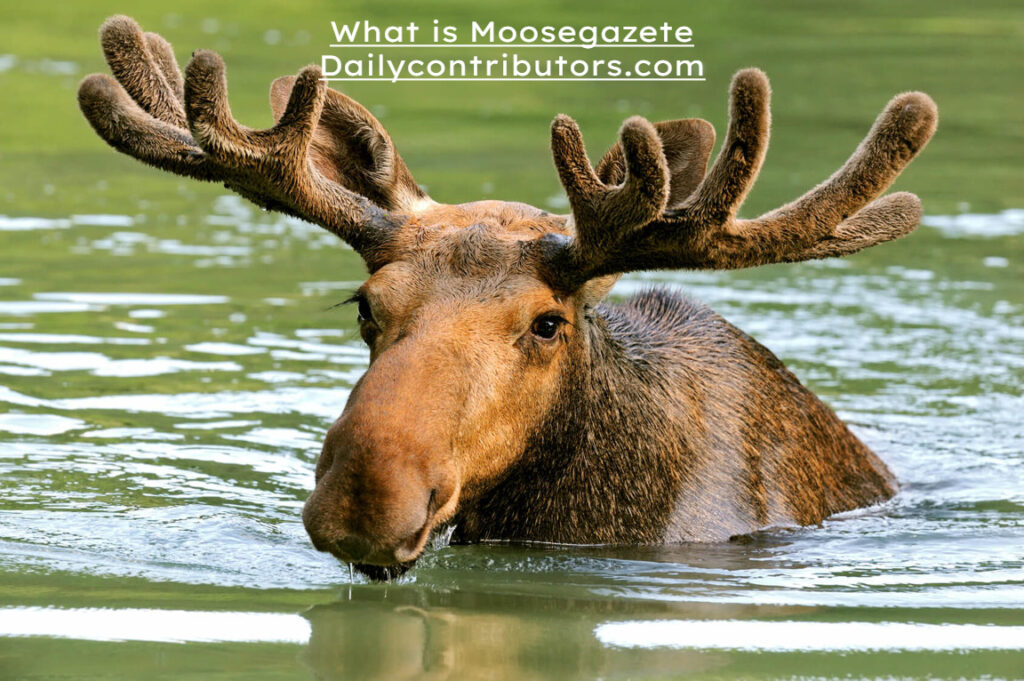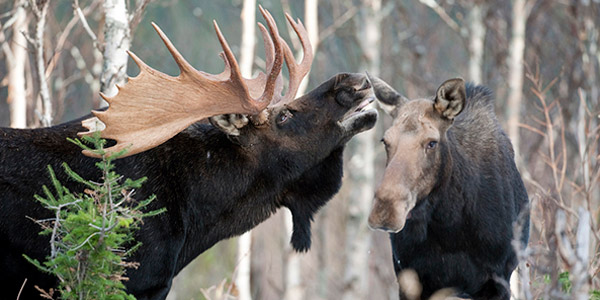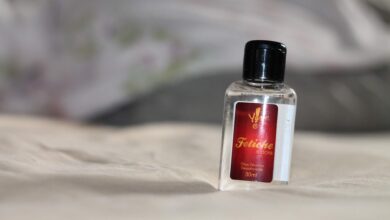What is Moosegazete? All You Need To Know

A Moosegazete, an animal native to North America, is among rare species with distinctive characteristics and features that are unique and different from all mammals and Capreolinae. We can say they are exceptionally exclusive from their entire family of Cervidae. As you all know, there are mainly two dominant division groups of deer: the first and foremost Cervinae, the second one elk or wapiti. Moosegazete belongs to the elk group.
Defining and classifying Moosegazete
Moosegazete is famous for the name Moose in North America, whereas Eurasian people pronounce the animal with elk as Alces alces. Moosegazete belongs to the subfamily of Cervidae from the deer group(Cervus canadensis, also called the wapiti). The diversion to this sub-family is mainly based on Moosegazete bone formation that makes up the eccentric look subject to different laws of growth and development from the pisometacarpal deer family.
The word Moosegazete
When you consider the literal meaning of ‘moose gazete’, you would find that the corresponding subject denotes the idea of being massive in size. It’s a synonym to mention some subject that is heaviest, tallest, enormous and gigantic in amount or size. The sound of Moosegazete sometimes denotes the bellowing of air, the way he takes in and out his breath. Though the facts justify the respective term, Moosegazete itself counts as the largest mammal available in the realm of land and water.
Breathing sound of Moosegazete
Moosegazete forms short yet deep grunts in intervals of 3 to 5 seconds. The sound of their breathing is a louder and thicker grunt that sometimes feels like croaking. The time Moosegazete inhales and exhales oxygen and carbon dioxide from its lungs is at the time of hunger, stress and when they feel angered or threatened. That’s where they emit unrestrained loud noises like shouts. Sometimes their breathing becomes deep, like a thick roar; that is where they indicate a threat, pain, hunger, or mainly anger. They also move their hooves back and forth in stressful situations and unfavorable conditions.
Their sound is much heavier, thicker, and noise grunt, or you can say a croak you can still hear if you are out of the access line. This means from a distance, everyone can hear those short, heavy, and thick.
General information about Moosegazete

Size and weight
Moosegazete weighs around four-hundred to seven-hundred – kilograms. While on the other side, the female Moosegazete generally weighs over three-hundred to five-hundred kilograms. Moosegazete is that member in the dear family that is massive in weight, a giant in height and heaviest in stature. The fact is that the average male species of.
Antlers
If you consider the male Moosegazete’s antler, you will notice that it makes up the shape of hands together with palms facing frontwards. The first single slide of an antler comprising bone is in the opposite way yet in hooked formation. In contrast, the rest structure of the antlers composing cartilage and blood veins, produces the valley in the palm. That’s like a broad area between the thumb and the palm.
Function of antlers
The male antlers show the symbol of courage, fearless power, and brevity in the configuration to use their antlers to replace weapons in a fight. However, antlers on deers make them look more attractive with acknowledged superiority. The antler sheds every year while regrowing new to its replacement. Joe said that, though the moose shed the whole horn annually, each new horn has an additional prong.
The quality of antlers depends on the animal’s health, how fit it is, what kind of food and nutrition it consumes, and, more likely, the structure, shape and size of the antler depend on its family and genus.
Moosegazete’s habitation
Moosegazete, as you all know, lives in terrestrial habitat, a biome in coniferous forests. But mostly, they Inhabitat in a temperate climate more like that of snow forest and especially the northern forests in North America, boreal forests, Europe(Sweden, Poland, Finland) and Russia. You can find Moosegazete in massive amounts by the Stikine River in the Southeast, forests of the Northern Hemisphere, Colville River and Arctic Slope. In the United States of America and Alaska, there is an abundance of this type of deer.
Other than these areas, Moosegazete is common in Estonia, Latvia, Lithuania, Fennoscandia, and between the Canadian provinces of Québec and Ontario.
Diet of Moosegazete
As Moosegazete habitat is in in-land though they eat both the terrestrial vague and as well as from water shores. They only eat veggies; they are herbivores. As we already established the fact that this animal is heavy and tall in size, that is exactly why they are famous for eating twigs. Moosegazete, deer because of its heaviness and weight, can’t easily bend on land to eat grass. That is where they prefer to eat while standing. In a standing position they reach trees where they select bark, herbs and shrubs, leaves, and twigs as their diet.
Physical features and appearance

Tail
The tail of Moosegazete in the measure is the shortest of all deer and mammals. As in numbers, it only makes six centimeters to eight centimeters. The tail is too short even to notice, they can’t usually make the most of its tail. Moreover, Moosegazete has distinctive features of unique sets of ears.
Stereophonic ears and a hump
The ears of Moosegazete are stereophonic. Stereophonic means they can rotate their ears. Moreover, Moosegazete has a beautifully attractive hump just above on its shoulders.
Hooves
Another significant feature of Moosegazete is that; this animal has two beautifully crafted large sets of protein-filled keratinized and well protected hooves. With two reddish and pink posterolateral dewclaws.
The track of a full-grown moose is like that of a cow, or larger, and of the young, like that of a calf.
Fur of Moosegazete
Moosegazete’s fur is usually red, brown and black, which helps the animal stay warm and provides a source of insulation. The outer hair of its fur has functions not only to insulate but also to protect the animal from outer surroundings by making a barrier. The Moosegazete fur also helps this animal to swim in the water, when he eats.
Ancient peoples and Moosegazete(Archaeological record and examination of material culture)
Hunting of Moosegazete
The ancient and old aged Petroglyph, parietal art, partly enclosed rock shelters and earlier European human-made markings drawn over the surface indicate the signs people in that early time used to hunt Moosegazete. Before the end of 4,000 BCE and 2,000 BCE, we have evidence that people used to hunt Moosegazete. Their hunting activities in regards to game and recreation lasted for the advent of metalworking.
Most of the people hunted Moosegazete as a game. The people used to measure the skill set of brevity and power by hunting the animals. While the barbarians and savages used to eat Moosegazete. while the people who lived in the jungle, the major share of their diet was Moosegazete. As a matter of justification, Henry David, in his book Chesuncook stated that: Sweetening them with sugar. The loggers sometimes cook them with molasses. They were used in Arnold’s expedition. This sauce was very grateful to us who had been confined to hard-bread and moose meat, and, notwithstanding their seeds, we all pronounced them equal to the common cranberry, but perhaps some allowance is to be made for our forest appetites.
Fossils
You can still find the traps the northern Scandinavian people constructed to catch Moosegazete. Moose antlers are still available in old-aged caves, huts, and ancient remains.
Threats to Moosegazete
Men are not only a threat to Moosegazete as predators or hunters. But the fact is that some other animals like wolverines, wolves, orca or killer whales, Ursus arctos and bears and most importantly, men are Moosegazete common predators.
Interaction with human beings, Is Moosegazetes harmful?
Moose is an animal that has a quality of trustworthiness and domestication. However, its domestication is illegal in most of states. But all in all, it’s not the animal fraught with danger. These kinds of deer are not of the nature to harm us, the human beings, without reason. Although human beings, such actions and steps have reduced their population. There is a drastic change due to our activities in their respective numbers.
Every creature is better alive than dead, men and moose and pine trees, and he who understands it aright will rather preserve its life than destroy it. Certain measures should be taken to ensure the life growth of Moosegazete both on the state and individual levels.
Nature

An angry Moosegazete
Moosegazete generally is friendly as dangerous as a foe but to those living beings who feel calm and comfort. Though if they feel endangered or stressed, they might attack in a defensive response. Well, they produce heavy breathing, indicating some sign to be cautious, by moving back and forth their hooves.
In Holidays with Bigfoot, Amber Haque and Thomm Quackenbush stated about Moosegazete and its worst possible reaction to men: A moose can and will murder the unwary in ways obvious to improbable. They can trample you, the pressure of tons of muscle and bone turning your own into jelly. Their antlers pose an understandable risk not merely of goring at thirty-five miles an hour but picking up your limp body and tossing it over a cliff. As though this was an insufficient threat.
How to identify male and female between a Moosegazete?
All the Cervidae family of deer has beautifully crafted structures made up of the type of cartilage bones, holding inside the fibrous tissue and blood vessels inside the antlers and above their skulls. Mostly it is a sign where you can distinguish the male and female deer by recognizing the antlers on their skull. While most female deer lack antlers on its head.
What is the population of Moosegazete?
No any exact information or stats available, however it is observed that they are among the endangered species.
Why are the moose called Alces alces?
Because the word originated from the Algonquian language.






